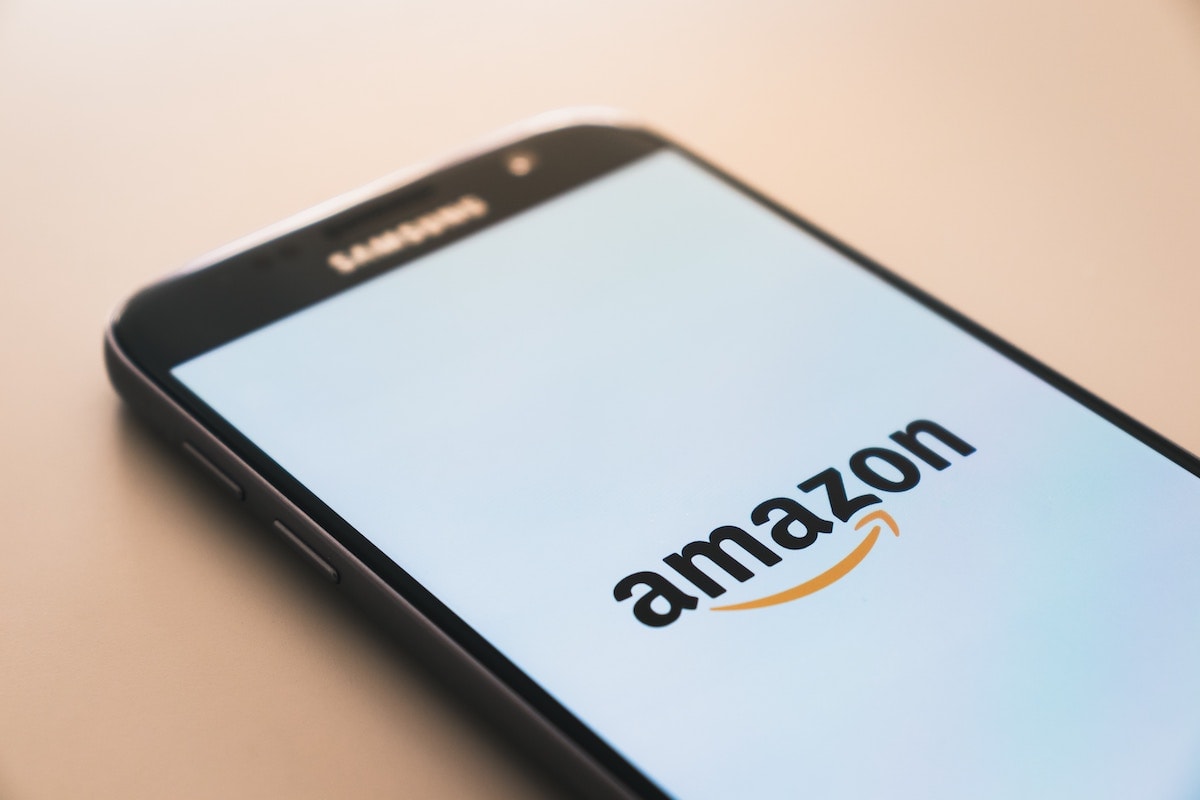Update: since publishing this blog post, Adlucent has garnered additional pickup in seven more publications (plus syndicated publications) including AdWeek, for a total of 40 placements. Adlucent was also awarded a MarCom Award for the eBook.
A couple of weeks ago, Amazon announced that its annual Prime Day would occur July 15 and 16 this year. Also occurring a couple of weeks ago, on the very same day as that announcement, we were psyched to have planned the release for our client Adlucent’s consumer survey and corresponding whitepaper, “Getting the Most out of Amazon Prime Day 2019.”
The coordination of the survey and the resulting pick up is a super example of a well-positioned release and great team work. Since the release, the survey data has been incorporated into 10 articles (two of those top tiers and those not including syndicated publications), has lead to a handful of specific media inquiries and resulted in two industry analyst appointments. Not only has Adlucent given itself a name in Amazon Prime Day marketing. Even better, it has positioned Adlucent as an expert in the space of digital marketing.
What This Pickup Says About Our Client Relationship
As excited I am as a media person to have garnered this attention for our client, I’m even more excited about the way we worked with Adlucent to make this happen. From the very beginning, this report was a great collaboration. We helped develop the survey questions with Adlucent, wrote an outline from the results, passed the content over to Adlucent for final development and then planned together the most interesting story lines to pitch.
In preparation for our go-live date, we prepared and distributed a media advisory, while Adlucent prepared for advertising and internal promo on their side. Since then, Adlucent has featured the report in their newsletter, followed up with leads who downloaded the survey, and promoted the content further via social media, while we’ve been active coordinating interviews and responding to follow up requests.
This week, we’ll be keeping our eyes on developing Amazon news to see how we can continue to pitch Adlucent as an expert source in this category.
How This Prime Day Survey Promoted Adlucent As A Thought Leader
Outside of our collaboration, I want to also highlight the uniqueness of this report. The Adlucent consumer survey not only dug into what’s happening with Prime Day on Amazon. It also dug into what consumers are doing when it comes to shopping off Amazon around Prime Day.
Adlucent found that 72% of consumers will look beyond Amazon to comparison shop on Prime Day in its survey of 1,000 consumers ages 18-64. This stat reflects the fact that Prime Day has become a sort of holiday of the back-to-school shopping season. Further, of the survey respondents who planned to go back-to-school shopping, 55% plan to do so on Amazon.
Adlucent used these results to inspire a list of recommendations for how brands can take advantage of the shopping phenomenon. Recommendations included creating lightning deals, promoting shopping on social and preparing your product listings for the extra visitors. But I’ll let you read on in the report itself to get that full list of advice.
Where We’ve Received Prime Day Pickup
Last but not least, this wouldn’t be a celebration if we didn’t actively highlight the pickup we have received. In addition to our direct requests and interviews with analysts and journalists, we’ve seen pickup in:
- Bloomberg – Back-to-School Spending Will Rise 9% and Prime Day Is the Reason, 6/26/19
- Syndicated via Barron’s, BG Daily News, Business of Fashion, The Cedar Rapids Gazette, CentralMaine, Chicago Tribune, The Daily Herald, Daily Herald Business Ledger, Longview News-Journal, The Middletown Press, Portland Press Herald, The Register Citizen, Rochester Post Bulletin, Seattle Times, SFGate, St. Louis Post-Dispatch and Sun Journal
- Market Watch – Amazon Prime Day for July 15-16 Sparks Deal Frenzy from Ebay and Target, 6/26/19
- Syndicated via Morningstar
- eMarketer – Walmart, Target Can Expect to Cash In on Prime Day, 7/9/19
- Zacks – Consumer ETFs Win on Prime Day Becoming “Summer’s Black Friday”, 7/9/19
- Syndicated via The Nasdaq Stock Market, Yahoo Finance and Yahoo! Finance New Zealand
- Retail Dive – 8 things to know about Prime Day 2019, 7/9/19
- Retail TouchPoints – As Back-To-School And Prime Day Converge, Can Retailers Create A Second ‘Holiday’ Season?, 7/9/19
- Retail Customer Experience – A look at who’s shopping on Amazon Prime Day, 7/3/19
- Biz Report – Prime Day announced, how merchants may fair, 7/1/19
- Marketing Land – Amazon Prime Day, Summer’s ‘Black Friday’, Becomes 2-day Sale, 6/26/19
- Simplemost – Target Deal Days Are Coming To Compete With Amazon Prime Day, 6/28/19
- Syndicated via FOX47News and TODAY’S TMJ4
Want To Talk About How To Get You Attention?
Interested in talking with us about how we can do some work like this with you? We’d love to! Just reach out. We’ll schedule a time to discuss how we can use media relations to position you as an expert.


